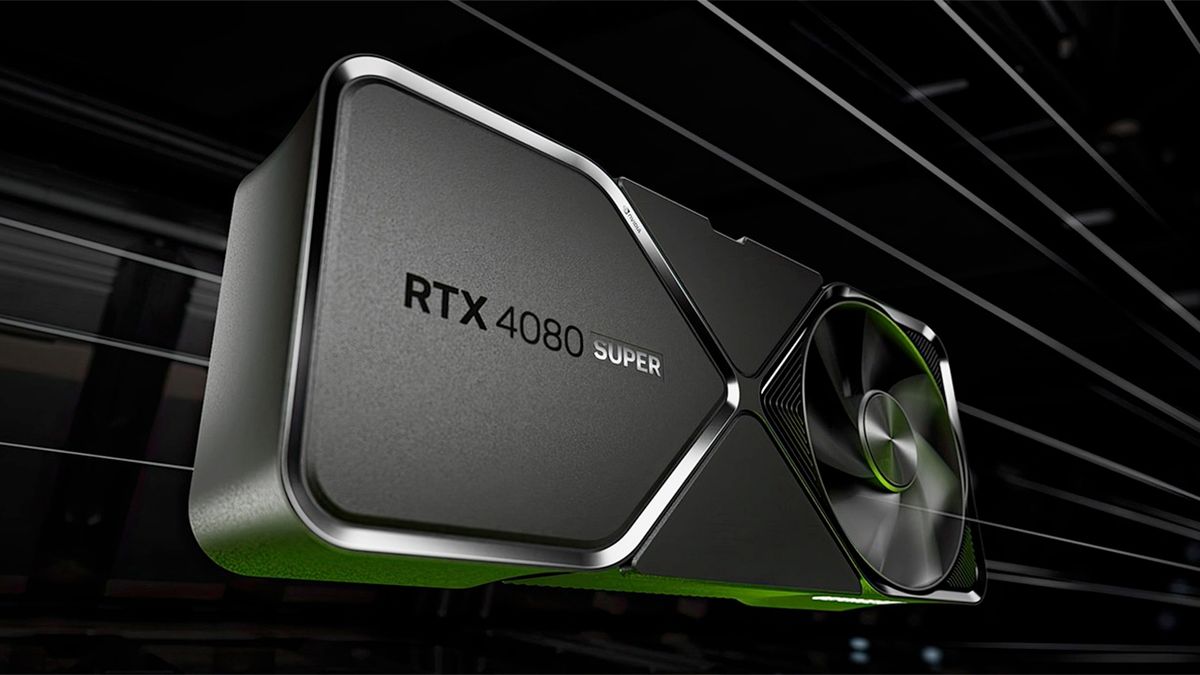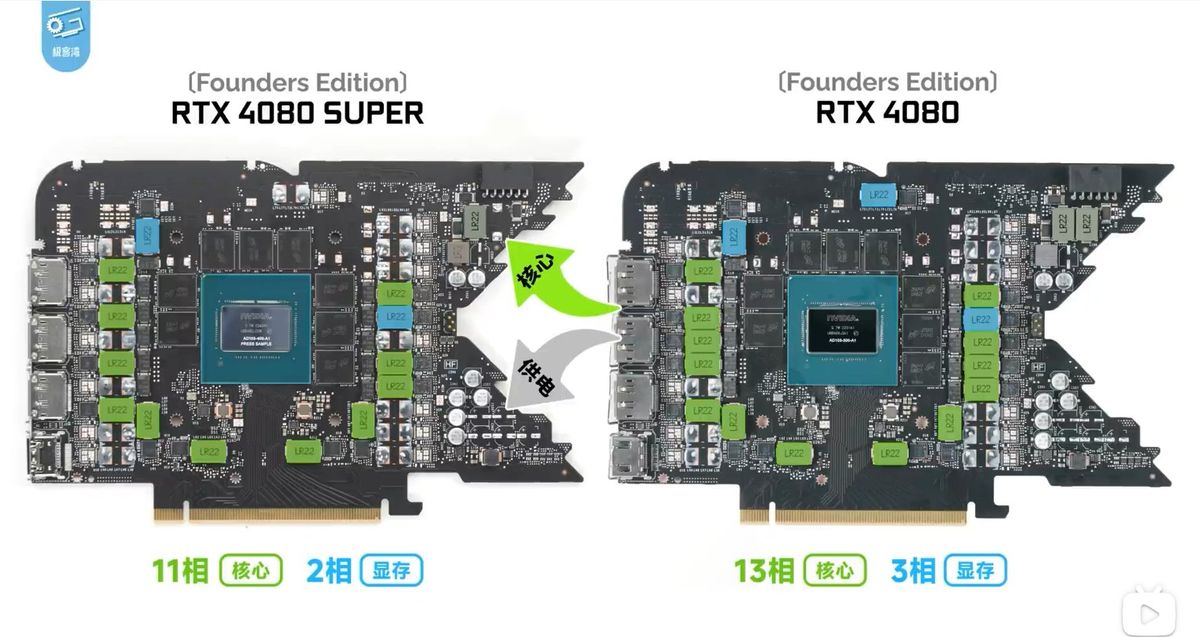Nvidia have increased their driver level limit for encoding video simultaneously to 8 (used to be 2, then 3 in 2020, then 5 in march last year) on all consumer GPUs that support Nvenc back to Maxwell

 streamguides.gg
streamguides.gg

 developer.nvidia.com
developer.nvidia.com
Should be fine for 1080p but this doesn't mean it'll work well if you try to crank the resolution, bit depth and/or fps per encode especially on older GPUs, but it's possible. Nvidia's FPS results in a table here for 1080p, 4:2:0 8 bit for reference (table 3)

NVENC Update: All Nvidia GeForce Cards Quietly Updated to 8 Encoding Sessions - Stream Guides
Nvidia released Game Ready Driver 551.23 on January 24 to support the new RTX 4070ti Super graphics card and add new features like the RTX Video HDR enhancement. What wasn't reported in the changelog for the driver update was an increase to the number of possible NVENC encoder sessions, bringing...

Video Encode and Decode GPU Support Matrix
Find the related video encoding and decoding support for all NVIDIA GPU products.
Should be fine for 1080p but this doesn't mean it'll work well if you try to crank the resolution, bit depth and/or fps per encode especially on older GPUs, but it's possible. Nvidia's FPS results in a table here for 1080p, 4:2:0 8 bit for reference (table 3)





